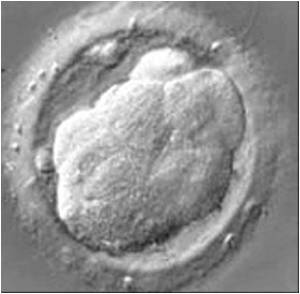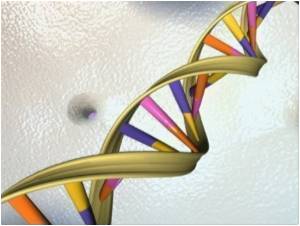Qi Zhang sees himself as a warrior. At the University of North Carolina at Chapel Hill, in his lab he wages war on genetic diseases such as cancer and heart disease on a battlefield measured with single atoms.

By providing researchers with the ability to visualize RNA as it changes shape over timescales ranging from hundredths to tenths of a second, Zhang said his team has developed a tool that can help researchers better understand the nucleic acid and assist in the development of new drugs for diseases with a genetic basis such as cancer.
RNA is very simple chemically, with a structure much like that of DNA. This molecule can fold in numerous ways, changing shape dramatically depending on the role it is playing. With NMR, researchers can follow those structural changes in order to visualize RNA's composition across time, important when designing drugs that will bind to the nucleic acid at exactly the right moment.
"The reason we want the atomic level, practically, is that if you want to design small molecule therapeutics to try to inhibit a state or enhance a function, it is every single atom by atom interaction that is important," said Zhang. "There are similar techniques in protein work. Our technique provides the nucleic acid field a very powerful approach, a tool, to be able to look into this particular timescale – at milliseconds or slower."
Structural biologists currently understand RNA as a series of static figures. How it shifts form while performing different functions has been difficult to examine with existing techniques, but the molecules of RNA can change structure radically depending on what role it is playing within an organism. What Zhang's NMR techniques introduce to the field is an ability to visualize the structure as a shape in motion, transforming as it fulfills its role.
"Structural biologists give atomic-level insights into what RNA does at a particular moment, but in order to understand how it carries out a variety of functions during the entire biological process, you need to look at the transition between different distinct structures. That's what we want to do. We want to see those things," said Zhang.
Advertisement
As understanding of genetics and genomics has increased, researcher realized that RNA played a greater role in biology, especially in complex species like human beings. Only about 1.5 percent of human genome is coding for proteins. The rest is coding for RNA.
Advertisement
RNA can fulfill numerous roles within a cell beyond protein assembly, including acting as enzymes to catalyze biological reactions, communicating cellular signals, controlling which genes are expressed. It can even function as an information carrier itself in the absence of DNA within viruses.
"We always think proteins are the center of biology. Over the last decade or two, RNA has been getting back to the center stage," said Zhang.
While Zhang's work will help deepen the basic understanding of RNA's role in biology for other researchers, it remains for him a weapon. His lab is already using NMR to assist with the creation of new therapies for cancer, heart disease and other conditions that originate when folding mistakes in RNA cascade into disease. For other researchers, he hopes that his technique can provide a powerful tool for furthering their aims, be it war or understanding.
"They can use this to study basic chemical and physical properties of RNA. They can study RNA biology. They can use it to study the atomic foundation to develop drugs. I think this technique is going to be very powerful," said Zhang.
Source-Eurekalert









